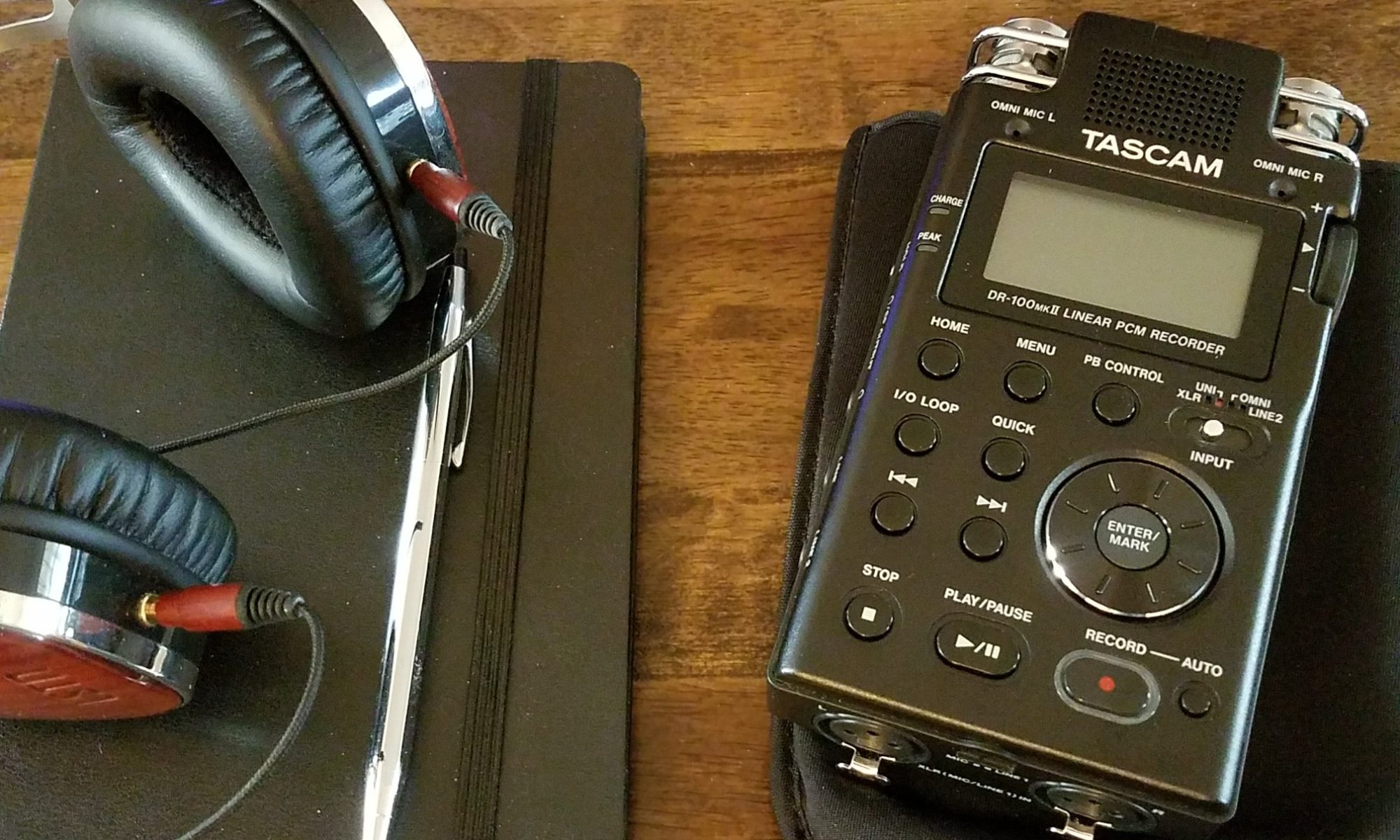As I’ve written about in several places over the last year (here and here), the next genocide we’re going to witness will be in Iraq. The sectarian violence has been unstoppable since US forces overthrew Saddam Hussein and attempted to set up a democratic regime.
The mainstream media, as always, is slow to wake to the realities of ethnic cleansing. Even though it makes a tasty sound bite for post-genocide reconstruction movements (as we saw in Rwanda), we seldom catch them noticing an impending act. Time seemed to wake up a bit recently — with their article Is Iraq Headed for Genocide — but only in order to pose the not-so-veiled question of whether a pull out of Iraq will facilitate genocide.
There were, however, a few important points:
Gregory Stanton, a professor of human rights at Virginia’s University of Mary Washington, sees in Iraq the same troubling signs of preparation and execution of genocidal aims that he saw in the 1990s in Rwanda when he worked at the State Department. Sunni and Shiite militias are “trying to polarize the country, they’re systematically trying to assassinate moderates, and they’re trying to divide the population into homogenous religious sectors,” Stanton says. All of those undertakings, he says, are “characteristics of genocide,” and his organization, Genocide Watch, is preparing to declare the country in a “genocide emergency.”
Though the term conjures up thoughts of enormous numbers of civilian dead, the quantity of victims is not the warning sign experts look for when considering the danger of genocide. Samantha Power, a professor at Harvard University’s John F. Kennedy School of Government, says with Shi’ite and Sunni sub-groups already identifying and killing victims solely on the basis of their religious identity, “genocidal intent” is already present in Iraq. “When you drive up to a checkpoint and you’re stopped and somebody pulls out your ID and determines whether you’re a Sunni or a Shiite and takes you away and kills you because of that, there is a genocidal mentality afoot.” The question, Power says, is how broadly that mentality will spread. Iraq has already seen one genocide in recent decades: Saddam Hussein stands accused of attempting to exterminate Kurds, the third largest group in the country.
When the article finally does roll around to making the case for an escalation in violence if the US withdraws, I couldn’t help but notice a lack of extemporaneous evidence of what’s happened (and continues to happen) in the country to date. Even with the bulk of US forces occupying the country, sectarian violence is completely unchecked.
It’s been so bad, in fact, that the US military began constructing a 12-foot high wall around a Sunni community in Adhamiya, effectively creating a ghetto. Ironically, it was fairly easy to make the case that the US invasion actually triggered the ethnic violence that might lead to genocide even before the military began construction of the wall; now, the longer we’re involved in Iraq and the bigger the commitment we make, the more we’re looking like France in 1994 Rwanda.
